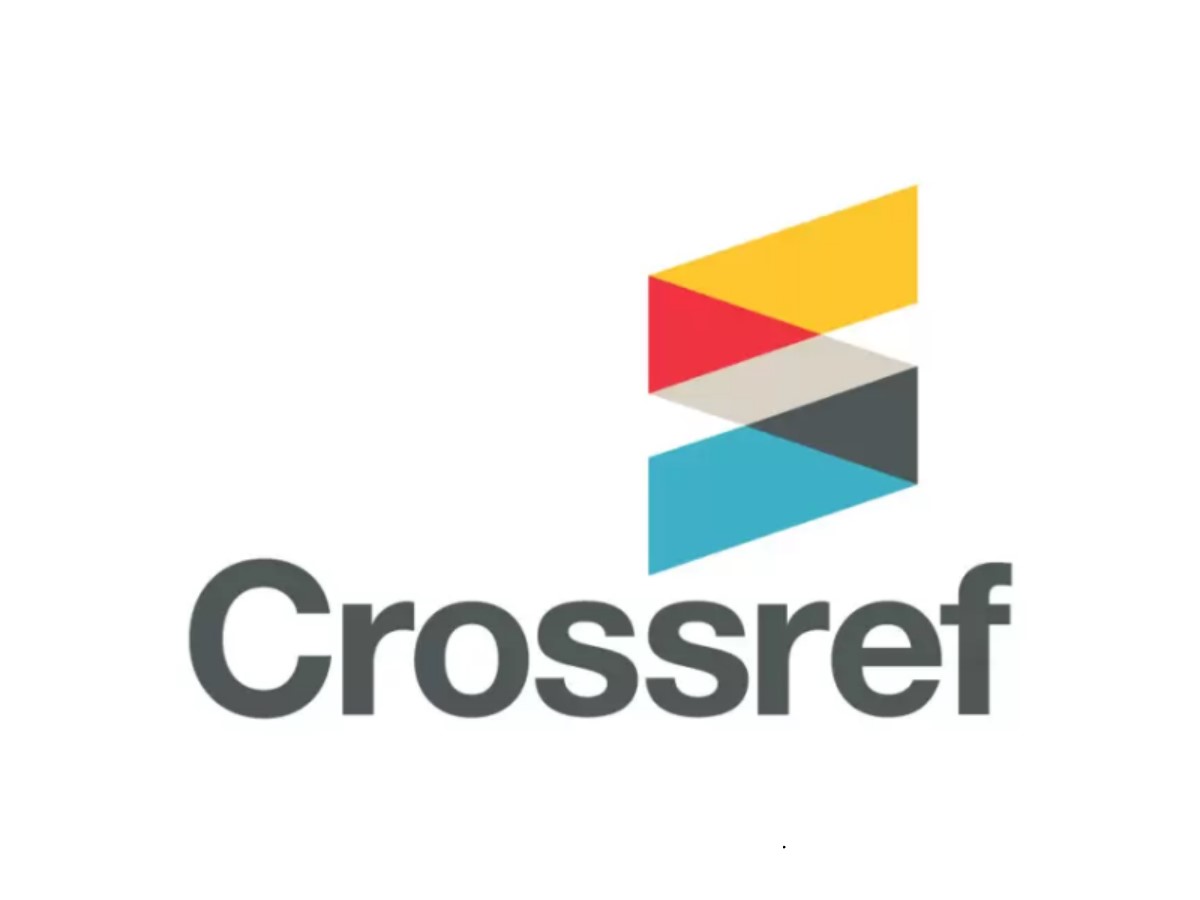KERAMIK (ADVANCE CERAMICS) SEBAGAI MATERIAL ALTERNATIF DI BIDANG KESEHATAN
Keywords:
Alternatif, Bio-keramik, HidroaxyapatiteAbstract
Ceramics are non-metal material and are able to meet in daily activities. Generally, ceramic have superior high temperature strength, higher hardness, lower density and lower thermal conductivity than metal. The disadvantages of ceramics as structural materials are flaws, such as cracks, voids, and inclusions. In development of ceramics can be used in medical field for instance, implant of bone or tissue of the body. Hydroaxyapatite (HAp) is one of ceramics that is applied in medical field. In natural resources HAp is easy to find in every place in the world. The advantage of ceramics is bio- comfortable and disadvantages is poor fatigue properties, this material cannot be used in bulk form fro load bearing application such as orthopedics.Downloads
References
Black, J., Hasting, G.W., 1998, Handbook of biomaterial properties, Chapman and Hall, London
Chiang, Y., Jakus, K, 1999, Fundamental needs in ceramics, NSF workshop report, Massachusetts Institute of Technology, NSF Grant#DMR-9714807
Griffon, D.J., 2002, Evaluation of osteoproductive biomaterial: allograft, bone inducing, agent, bioactive glass, and ceramics, Department of clinical veterinary sciences, University of Helsinki
Hayes, B., Better bone implant, Using Space Technology, 2006, NASA, http://www.science.nasa.gov, diakses
13 oktober 2006
Lukkassen D., Meidell A., 2003, In Advance Material and Structures and their Fabrication Process, ed. 3th , Narvic University College, HiN.
Mano, J.F., Sausa, R.A., 2004, Bioinert, biodegradelble and injectable polymer matrix composite for hard tissue replacement: state of art and recent development’, Journal of composite Science and technology no. 64 hal. 789-
817.
Mitchell, B.S., 2004, An Introduction to Material Engineering and Science, for Chemical Material Engineers. ISBN 0-
471-43623-2, Jhon Wiley and Sons Inc.
Nathan, R., 1985, Application of high performance ceramic in heat engine design, Journal of material Science and Energy no. 71 hal. 227-249.
Pompe, W., Gelinsky, M., Hofinger, I., and Nicolai, K., 1999. Funtionally grade collagen hydroapatite materials for bone replacement, Journal of Ceramic Transactions 114 hal. 65-72
Ramakrisna, S., Mayer, J., Wintermantel, E., Leong, K.W., application of 2001, Biomedical polymer composite material, A review Journal of Computer Science and Technology No. 61 hal. 1189-1224
Sbornicchia, P, Classification of calciumphospate bone graft substitutes, University of Torvergata, 2005 diakses pada 15 oktober 2006, http://www.cirmib.ing.unitn.it/Lecture/ Lecture2005/Bonegraftsubtitutes.pdf.
…………, Hydroxyapatite, diakses tanggal 12 oktober 2006 dari http://www.azom.com/detail.asp?Articl eID=107
………,1991, Therminology of Adhesion, American Society for Testing Material, D 907-91b, Philadelphia
Downloads
Published
How to Cite
Issue
Section
License
The Authors submitting a manuscript do so on the understanding that if accepted for publication, Authors retain copyright and grant the AUSTENIT right of first publication with the work simultaneously licensed under a Creative Commons Attribution-ShareAlike License that allows others to share the work with an acknowledgment of the work's authorship and initial publication in this journal.
AUSTENIT, the Editors and the Advisory International Editorial Board make every effort to ensure that no wrong or misleading data, opinions or statements be published in the journal. In any way, the contents of the articles and advertisements published in AUSTENIT are the sole responsibility of their respective authors and advertisers.















